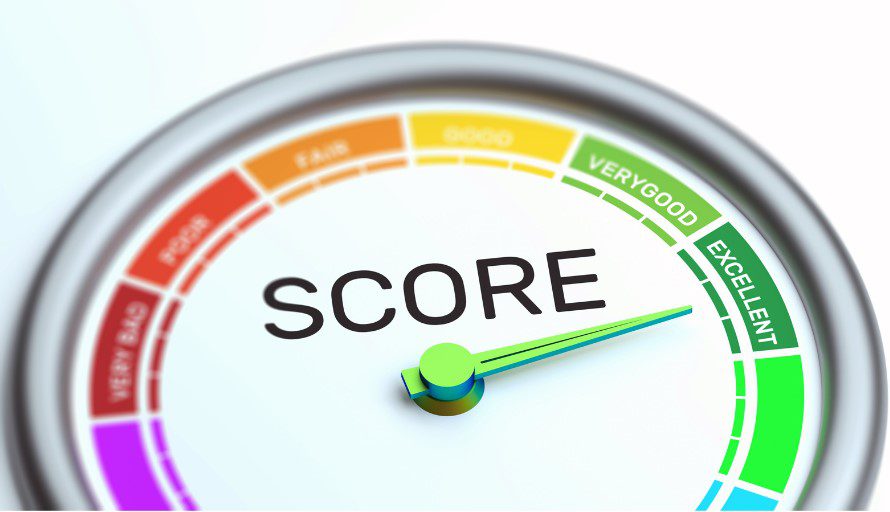Fundamentals of Marketing Orchestration

Summary
Discover B2B marketing success with Marketing Orchestration fundamentals. Explore strategic alignment and processes, defined roles, efficient project management tools, and effective communication.
By Karla Sanders, Engagement Manager at Heinz Marketing
Do you have strategic alignment and processes dialed in? defined roles? efficient project management tools? How about effective communication?
These are the fundamentals of Marketing Orchestration. Read below for a quick overview of each component.
If you already know you need help with your marketing orchestration, I’d love to share our Marketing Orchestration Scorecard and go over it with you to give you actionable insights for your situation.
These areas are crucial for B2B companies in the realm of Marketing Orchestration:
1. Strategic Alignment and Planning
Effective strategic alignment and planning set the stage for success in B2B marketing. The absence of clear goals can lead to aimless efforts, resulting in wasted resources. Common pitfalls include vague or unrealistic goal-setting, inconsistent targeting, misaligned budgets, and unclear briefing processes. Assessing these areas ensures your marketing efforts are purposeful, resonate with your audience, and are supported by a well-allocated budget.
2. Roles and Processes
Smooth workflow execution requires well-defined roles and processes. Without a clear plan from planning to execution, bottlenecks and confusion can derail progress. Common pitfalls include ambiguous workflows, lack of role clarity (RACI), and ineffective cross-functional collaboration. Evaluating these aspects ensures streamlined decision-making, accountability, and a strong collaborative ecosystem.
3. Project Management Tools
Templates, data-driven approaches, and a well-structured tech stack are crucial for efficient project management. Inconsistent templates can lead to disorganized processes, while a lack of data-driven insights hinders optimization. Budget misallocation and inefficient tech stacks are common pitfalls. A strong evaluation in this area ensures standardized processes, informed decision-making, and resource optimization.
4. Communication and Collaboration
Effective communication and collaboration are the backbone of successful marketing orchestration. Inadequate meeting cadences can lead to a lack of progress, while insufficient communication channels hinder collaboration. Poorly documented processes contribute to inconsistencies. Addressing these areas ensures focused meetings, seamless communication, and a well-documented knowledge base for consistent performance.
Conclusion
As you navigate the complexities of B2B marketing, your Marketing Orchestration Scorecard becomes your compass for success. Regular assessments in these fundamentals propel your strategy and ensure consistent, predictable outcomes. For the full scorecard and collaborative insights, reach out today and let’s elevate your B2B marketing together.
For additional resources on marketing orchestration, explore our collection here: Heinz Marketing – Marketing Orchestration.









